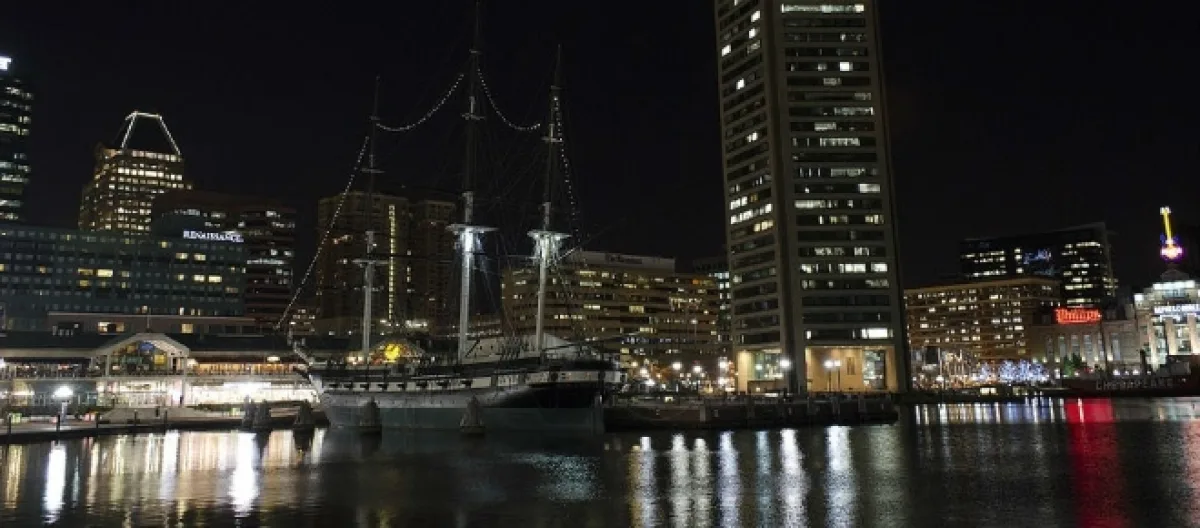In the middle of the night, officials in Baltimore removed Confederate monuments days after the deadly protests by white nationalists erupted in Charlottesville. City officials removed the monuments as quickly as possible without informing the public for (safety reasons) in the wake of violence.
Mayor Catherine Pugh felt it was in the best interest of her community that they were taken away.
Pugh stated," I thought there's enough grandstanding, enough speeches being made, get it done."
The Monuments
All across the nation there has been growing controversy about memorials honoring Confederate soldiers who fought to keep slavery. The controversy began to grow in 2015 when Dylan Roof, a white supremacist, shot nine black people at Emanuel African Methodist Episcopal Church in Charleston, NC. A picture of Roof was released holding the Confederate flag which represented a dark time in American history and many people were outraged. Citizens began demanding that anything associated with slavery should be removed.
The monuments removed in Baltimore are as follows:
The Jackson and Lee Monument was the first double equestrian statue in the United States by artist Laura Gardin Fraser and was dedicated in 1948. On the base of the statue, there is an inscription on all sides as follows:
So many great is my confidence in/ General Lee that I am willing to/ follow him blindfolded/ straight as the needle to the pole/ Jackson advanced to the execution/ of my purpose.The parting of General Lee and/ Stonewall Jackson on the eve/ of Chancellorsville. They were great generals and/ Christians soldiers and waged/ war like gentlemen. Gift of J. Henry Ferguson of Maryland.
Robert E. Lee served 32 years in the military and became commanding general of the Confederate Army of Northern Virginia during the Civil War in 1861-1865.
Lee was also present at Harper's Ferry, Virginia when John Brown and 21 abolitionists tried to entice slave rebellion. Lee captured Brown which led to his conviction of treason and execution on December 2, 1859.
General Stonewall Jackson was the second most commander during the Civil War after General Lee. He is considered one of most gifted commanders in U.S history, to this day his military campaign is still studied. General Thomas j. Jackson received his nickname of "Stonewall," during the second battle of Bull Run. Stonewall died May 10, 1863, after he was shot in the arm and it was amputated.
The Roger B. Taney Monuments. Robert B. Taney was the fifth Chief Justice of the U.S Supreme Court and delivered the Dred Scott V. Sandford ruling.
in 1857. In the Dred Scott case, Taney delivered the verdict, in which the court ruled that any person of African descent was not ever intended to be U.S citizens under the Constitution and that the plaintiff had no right to file a suit in court. He also believed that blacks had no rights and it was lawful to reduce them to be slaves and to be tried as merchandise instead of human beings.
The Confederate Women's Monument was created by artist J. Maxwell Miller and was dedicated in 1917. The statue is of a dying son being carried by his mother. It was supposed to be similar to Jesus Christ being held by his mother Mary. The statue is inscribed with: In difficulty and danger/ regardless of self/ they fed the hungry/ clothed the needy/ nursed the wounded/ and comforted the dying.
To the Confederate women/ of Maryland/ 1861- 1865.
The Confederate Soldiers and Sailor Monument was designed by F. Wellington Ruckstunl in 1902. The statue was designed to look like an archangel is holding a dying Confederate soldier in one arm and holding the crown of victory in the other, while the soldier holds a Confederate flag. Also inscribed with: Gloria Victis/ to the soldiers and sailors/ of Maryland/ in service of the Confederate States/ of America/ 1862- 1865. Deo Vindice. Fatti Maschii/ Parole Femine. Glory stands besides/ our grief/ erected by/ the Maryland Daughters/ of the Confederacy/ February 1903.
Racism in the U.S
Since the very beginning of the United States, it has been embedded with racism going back to colonial times.
Whites Protestants were given rights over blacks, native Indians, Catholics, Asians, Italians, Irish, and many more races and nationalities. White supremacy groups also grew with radical groups like the KKK as early as 1865 and formed by six Confederate soldiers in Tennessee. The clan worked to suppress the blacks from voting and gaining rights throughout the country. They also have a history of lynching and killing blacks and people who supported them.
Many hate groups over time have also sprung up while the KKK seems to continue to grow. Groups such as the neo- nazis, Council of Conservative Citizens, National Socialist Movement, and the American Freedom Party. These groups have very strong views against black Americans, the Jews, and immigrants.
In recent years many opposing hate groups have also developed defending the rights of black Americans and other groups in the U.S. They oppose white privilege, police violence, and racism. They support immigration, gay rights, rights for all people. These groups also have had their share of violence.
